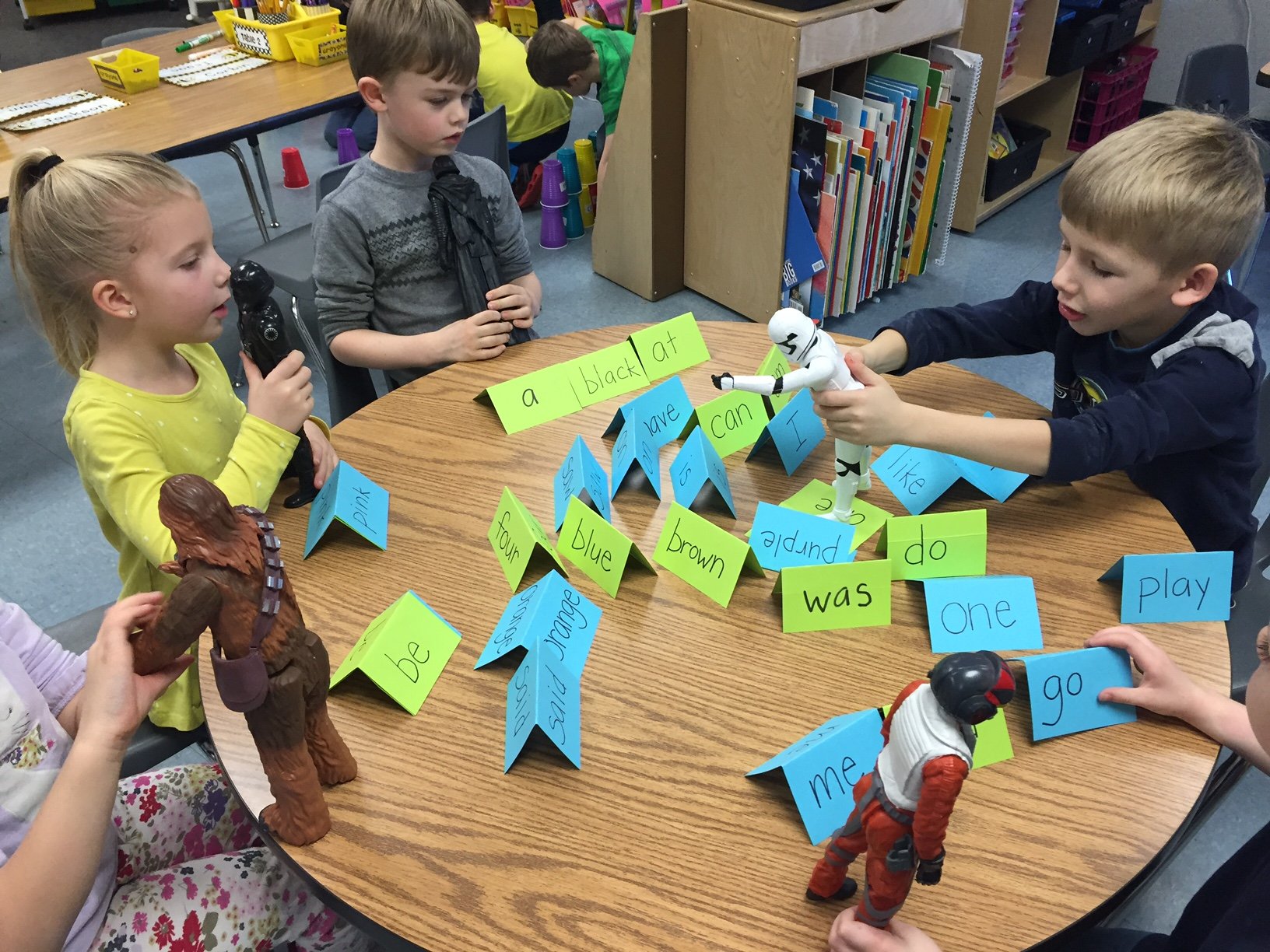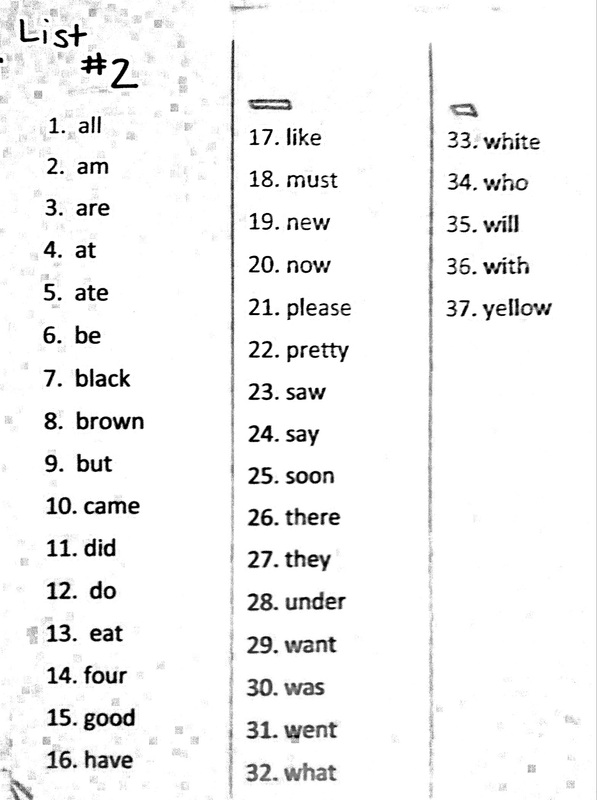
Use games and resources to teach and reinforce high frequency word knowledge.Specifically teach high frequency words.Draw attention to high frequency words in books and writing.
RESEARCH ON TEACHING SIGHT WORDS HOW TO
How to build high frequency and sight word knowledge? be more likely to produce a quantity of text, and more text means more practice, more practice means more the developing of more skills.enjoy benefits of producing text that others can understand.


Having a bank of high frequency words means an early writer will: have cognitive capacity available to construct the meaning while they are reading (comprehension).have cognitive capacity available to decode unknown words using their phonics knowledge and skills.be able to read more quickly and fluently.be able to read many words without having to stop and decode each one.Knowing some high frequency words means an early reader will: Especially when reading.įor example, the most commonly occurring high frequency words (the top 25) make up about a third of all print material! An example of a high frequency word that can be decoded is "from".īecause some words are so frequent, it is very helpful for children to build a bank of words that they just know off by heart - to automaticity. Some high frequency words can be decoded, but children might learn them to automaticity because they see and use them so often. Many of the high frequency words are sight words. High frequency words are words that commonly occur in children's reading and writing. Sight words are words that can't easily be sounded out, completely. Sight words and high frequency words are an important addition to a readers knowledge base because they account for a large number of words they will encounter and therefore assist with fluency and comprehension.


 0 kommentar(er)
0 kommentar(er)
